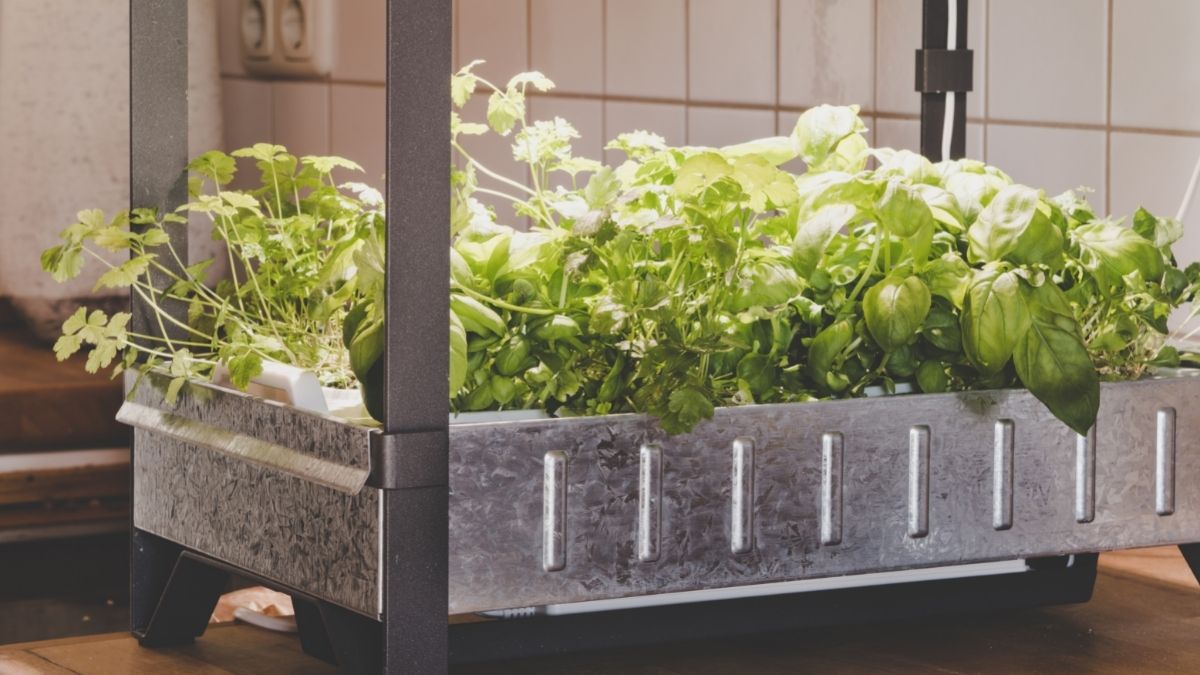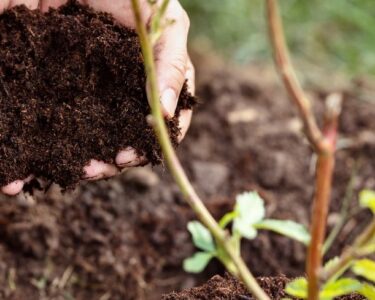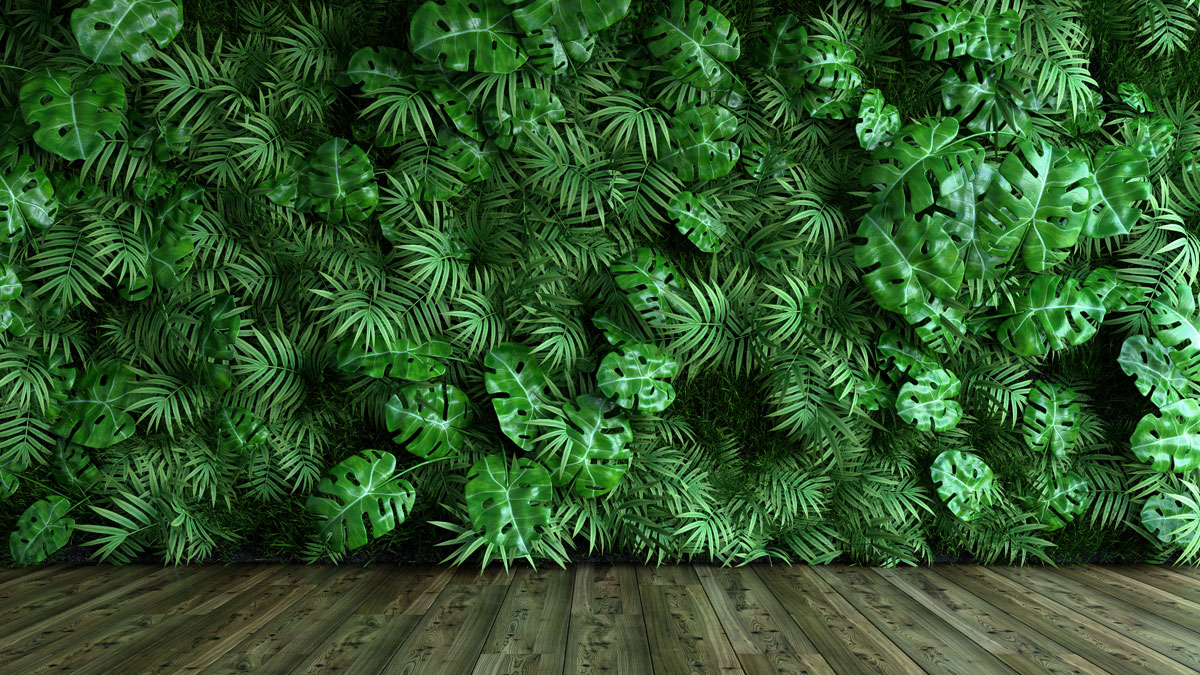Gardening is a fun, satisfying, and sometimes profitable activity. Unfortunately, it has such a limited window of time to perform in any given year. From spring to summer to fall, you’re at the mercy of the weather, sun, soil, and seasons. When autumn arrives, that’s it. It’s time to gather your harvest and wait for the coming year. But if the thought of fresh, year-round produce appeals to you, it’s time to look into hydroponics. Hydroponics involves growing a garden without the unpleasantness of sweat, sunburns, and dirt under your fingernails. Here’s a selection of hydroponic gardening tips for beginners to help you explore this fascinating and satisfying hobby.
What Is Hydroponics?
The thing that makes hydroponics different from traditional gardening is all in the name. Hydro, of course, means water—and that, rather than soil, is the main medium for your indoor garden. You have a number of hydroponics systems to choose from, but they all deliver food and water to plants through a nutrient-rich solution. Hydroponics is gentler on the Earth because hydroponic gardens don’t take up much space, don’t leech nutrition from the soil, and conserve water by being self-contained systems. Grown properly, hydroponic gardens can also produce more crops than land-based gardens, and they’re great for bringing fresh air and natural beauty indoors all year long.
Pick a Crop
Your first course of action should be to decide on what to grow. Basic crops for beginners include peppers, tomatoes, strawberries, herbs, and assorted greens (spinach, arugula, and endive are popular, and they grow quickly). Pick one and go from there. As you learn more, you’ll want to expand your crops as you build onto your system. And speaking of systems…
A Happy Medium
When you’re considering hydroponic gardening tips for beginners, decide on the proper medium for your garden. All hydroponics systems operate on the delivery of water and food. They’re also consistent in providing a suspension medium that holds up plants and allows their roots to reach the nutrient solution. Suspension media include clay pebbles, perlite (a mineral sourced from volcanic rock), coco coir (fibers from coconut shells), and rockwool (spun from basaltic rock).
All Systems Go!
Several hydroponics gardening systems are available, from the very simple to the more complex. Though they share several features, not all systems work the same way. Start out with a wick-based system, in which plants receive their food and water through a nylon or cotton rope running between the media and a reservoir receptacle. The reservoir, in turn, is connected to a larger tank filled with the solution. No electricity or plumbing is involved since it’s all gravity powered. A wick system is an easy way to start out, and most setups are inexpensive, but know that the cost goes up with larger and more elaborate systems. They take up more room as well. But after that first bite of straight-to-your-table produce, you might consider it all worthwhile!













 Deering Estate
Deering Estate
 Massage Envy South Miami
Massage Envy South Miami
 Calla Blow Dry
Calla Blow Dry
 My Derma Clinic
My Derma Clinic
 Sushi Maki
Sushi Maki
 Sports Grill
Sports Grill
 The Healthy Kitchen
The Healthy Kitchen
 Golden Rule Seafood
Golden Rule Seafood
 Malanga Cuban Café
Malanga Cuban Café

 Kathleen Ballard
Kathleen Ballard
 Panter, Panter & Sampedro
Panter, Panter & Sampedro
 Vintage Liquors
Vintage Liquors
 The Dog from Ipanema
The Dog from Ipanema
 Rubinstein Family Chiropractic
Rubinstein Family Chiropractic
 Your Pet’s Best
Your Pet’s Best
 Indigo Republic
Indigo Republic




 ATR Luxury Homes
ATR Luxury Homes


 2112 Design Studio
2112 Design Studio
 Hamilton Fox & Company
Hamilton Fox & Company
 Creative Design Services
Creative Design Services
 Best Pest Professionals
Best Pest Professionals
 HD Tree Services
HD Tree Services
 Trinity Air Conditioning Company
Trinity Air Conditioning Company
 Cisca Construction & Development
Cisca Construction & Development
 Mosquito Joe
Mosquito Joe
 Cutler Bay Solar Solutions
Cutler Bay Solar Solutions


 Miami Royal Ballet & Dance
Miami Royal Ballet & Dance
 Christopher Columbus
Christopher Columbus
 Pineview Preschools
Pineview Preschools
 Westminster
Westminster
 Carrollton
Carrollton
 Lil’ Jungle
Lil’ Jungle
 Frost Science Museum
Frost Science Museum
 Palmer Trinity School
Palmer Trinity School
 South Florida Music
South Florida Music
 Pinecrest Orthodontics
Pinecrest Orthodontics
 Dr. Bob Pediatric Dentist
Dr. Bob Pediatric Dentist
 d.pediatrics
d.pediatrics
 South Miami Women’s Health
South Miami Women’s Health

 The Spot Barbershop
The Spot Barbershop
 My Derma Clinic
My Derma Clinic




 Miami Dance Project
Miami Dance Project

 Rubinstein Family Chiropractic
Rubinstein Family Chiropractic
 Indigo Republic
Indigo Republic

 Safes Universe
Safes Universe
 Vintage Liquors
Vintage Liquors
 Evenings Delight
Evenings Delight





 Atchana’s Homegrown Thai
Atchana’s Homegrown Thai
 Baptist Health South Florida
Baptist Health South Florida

 Laser Eye Center of Miami
Laser Eye Center of Miami
 Visiting Angels
Visiting Angels
 OpusCare of South Florida
OpusCare of South Florida

 Your Pet’s Best
Your Pet’s Best





 HD Tree Services
HD Tree Services
 Hamilton Fox & Company
Hamilton Fox & Company


 Creative Design Services
Creative Design Services